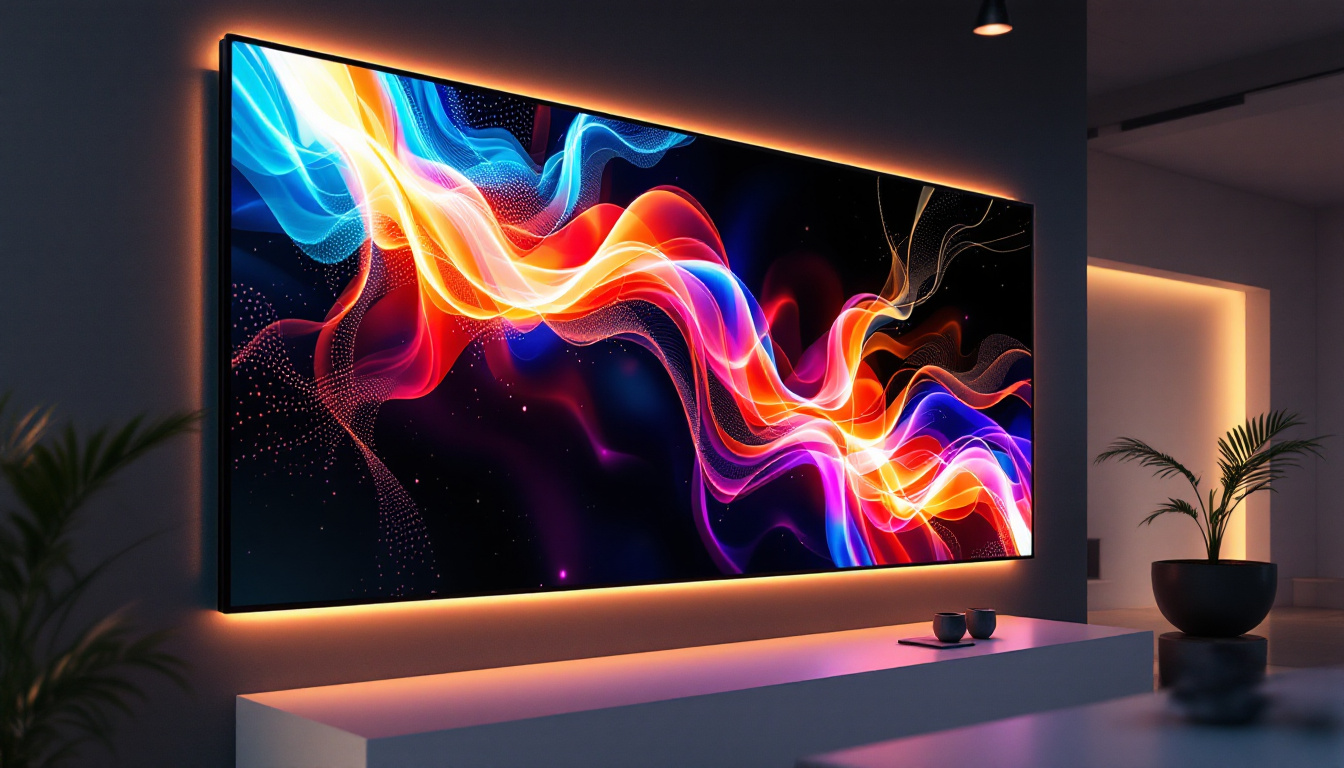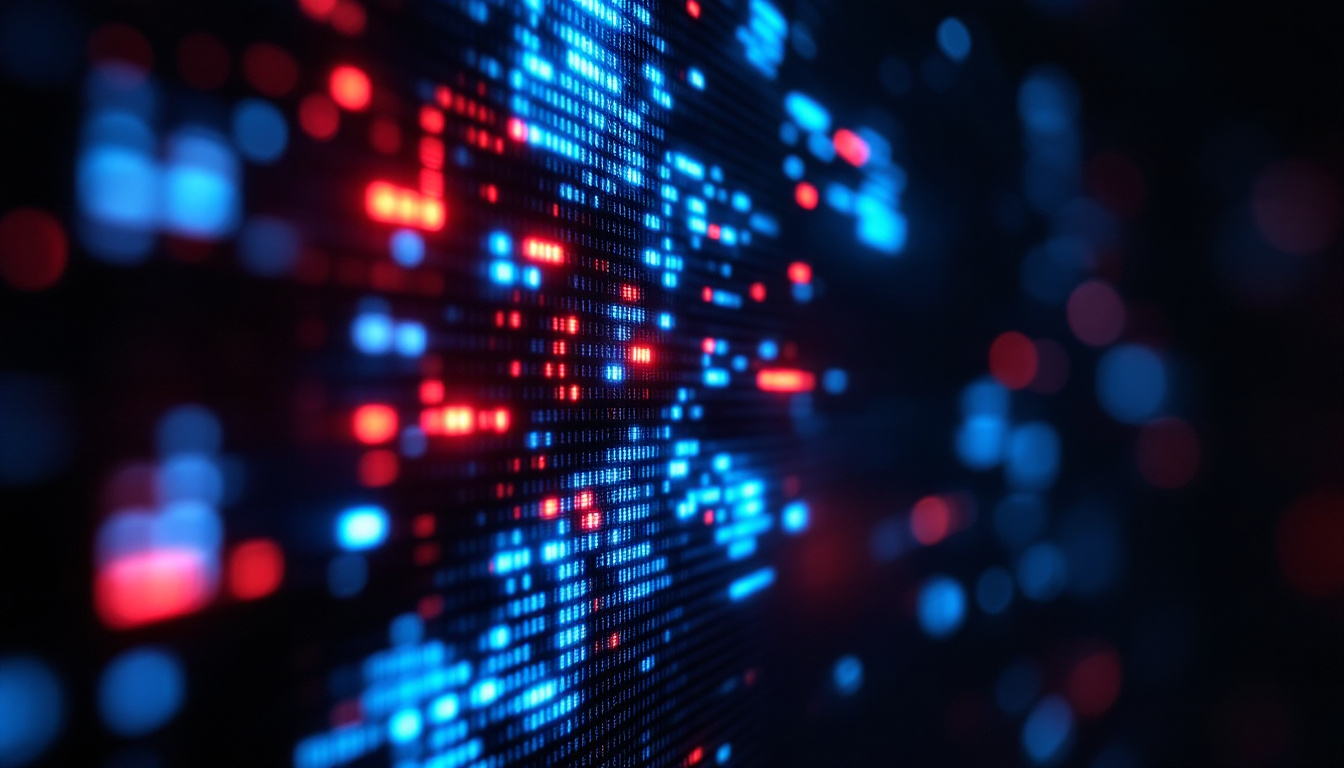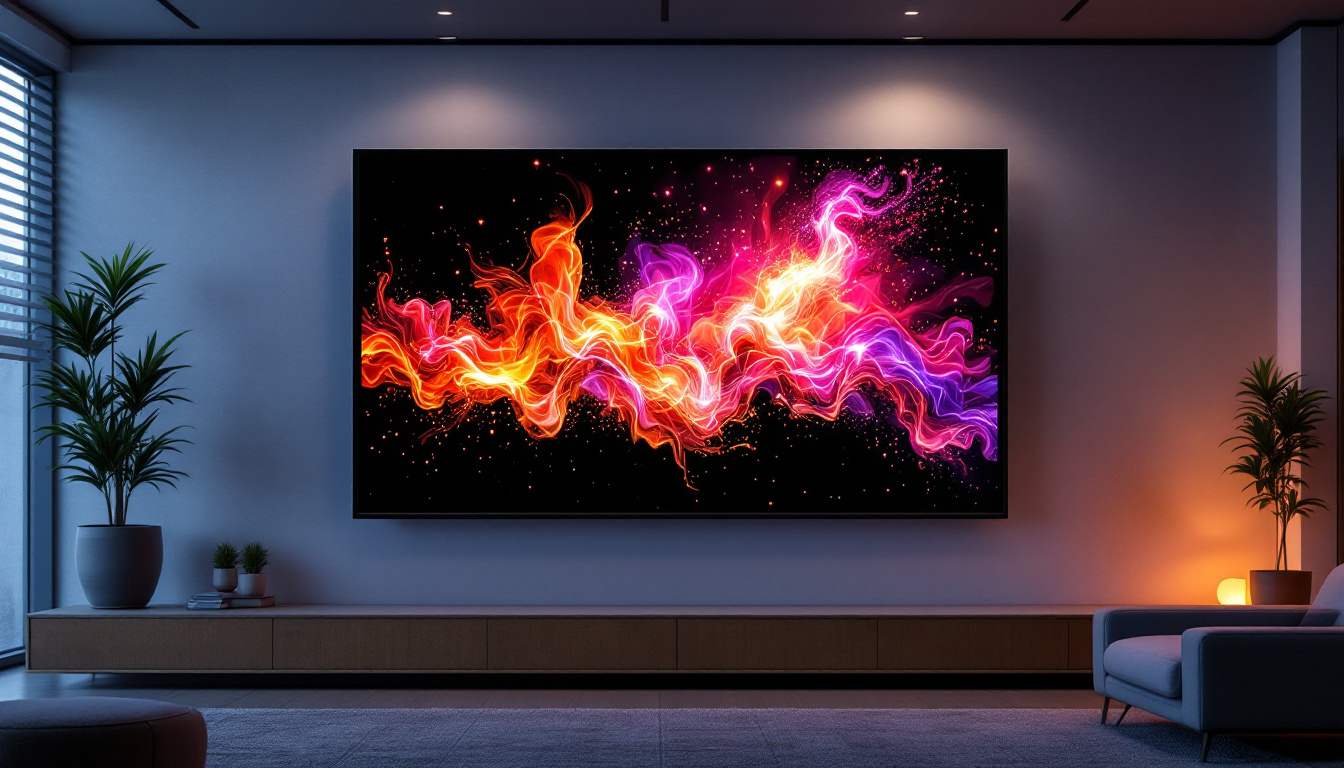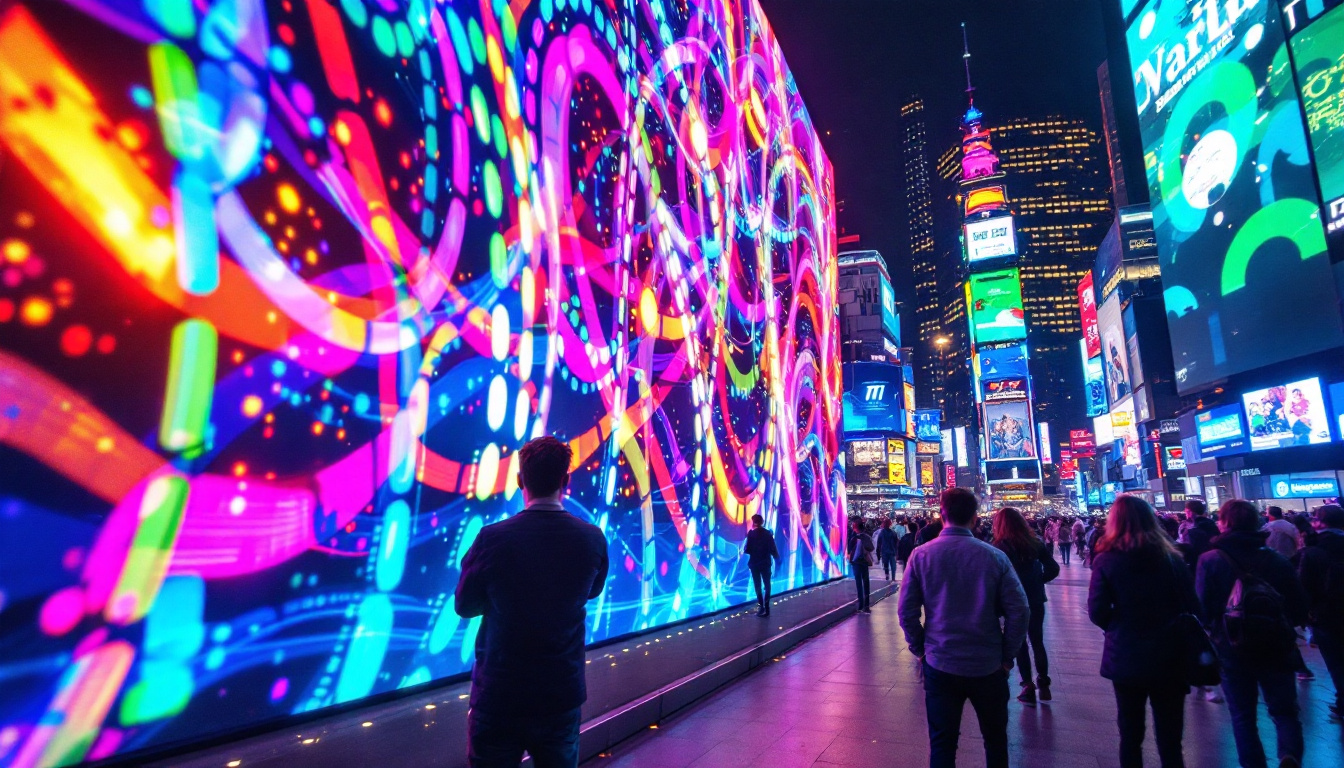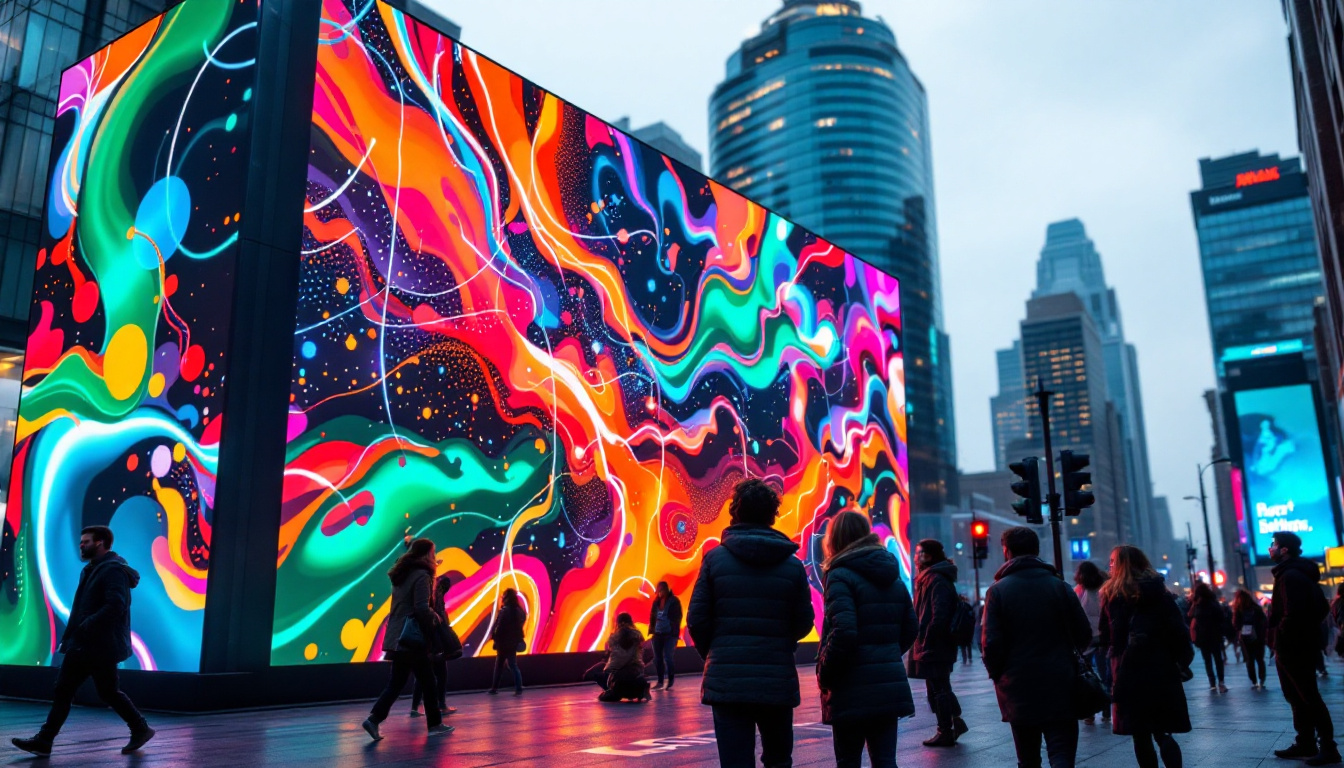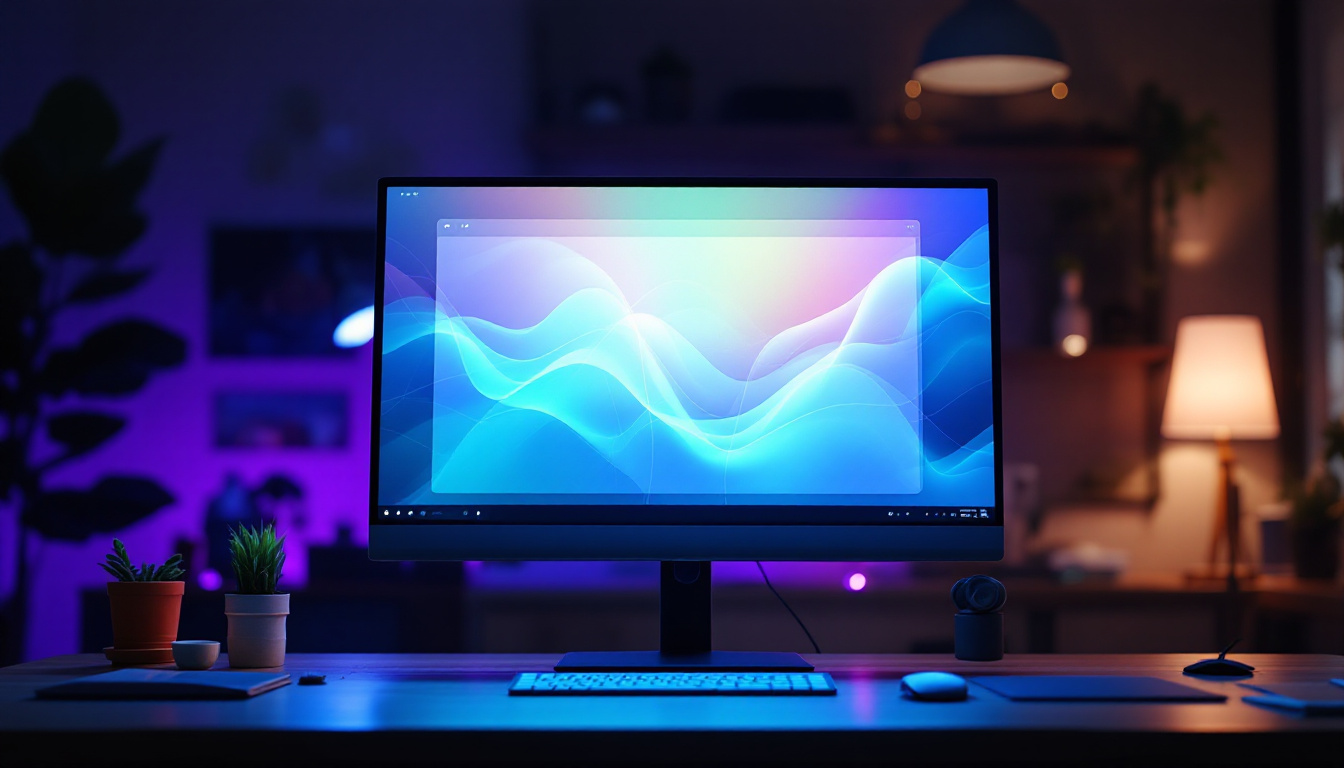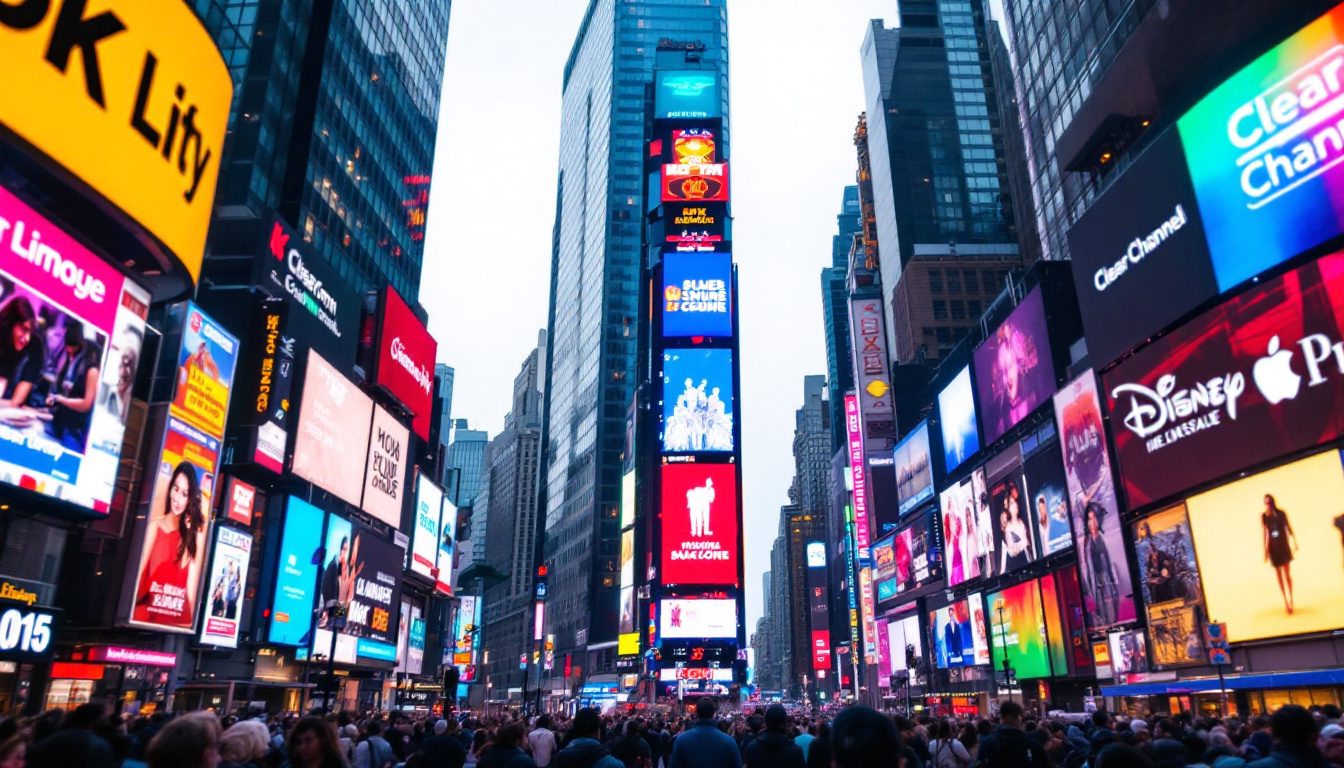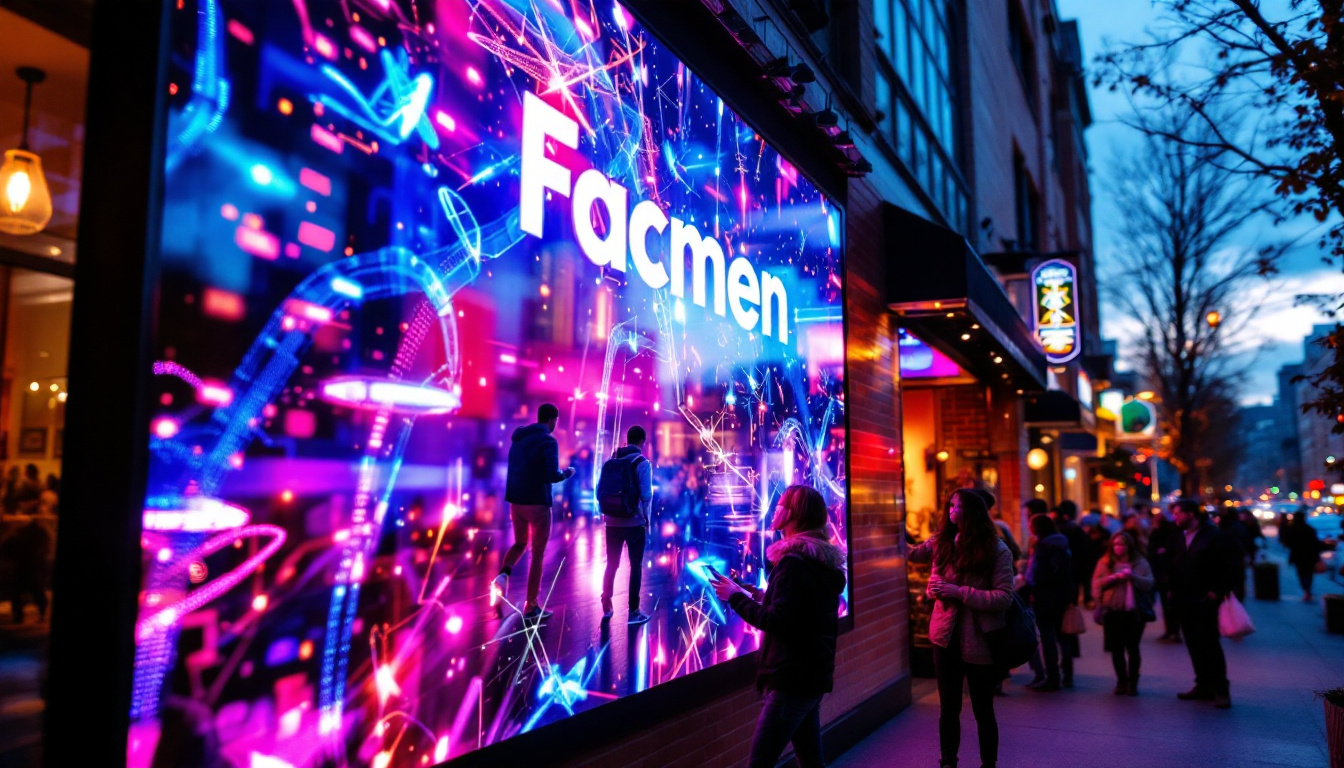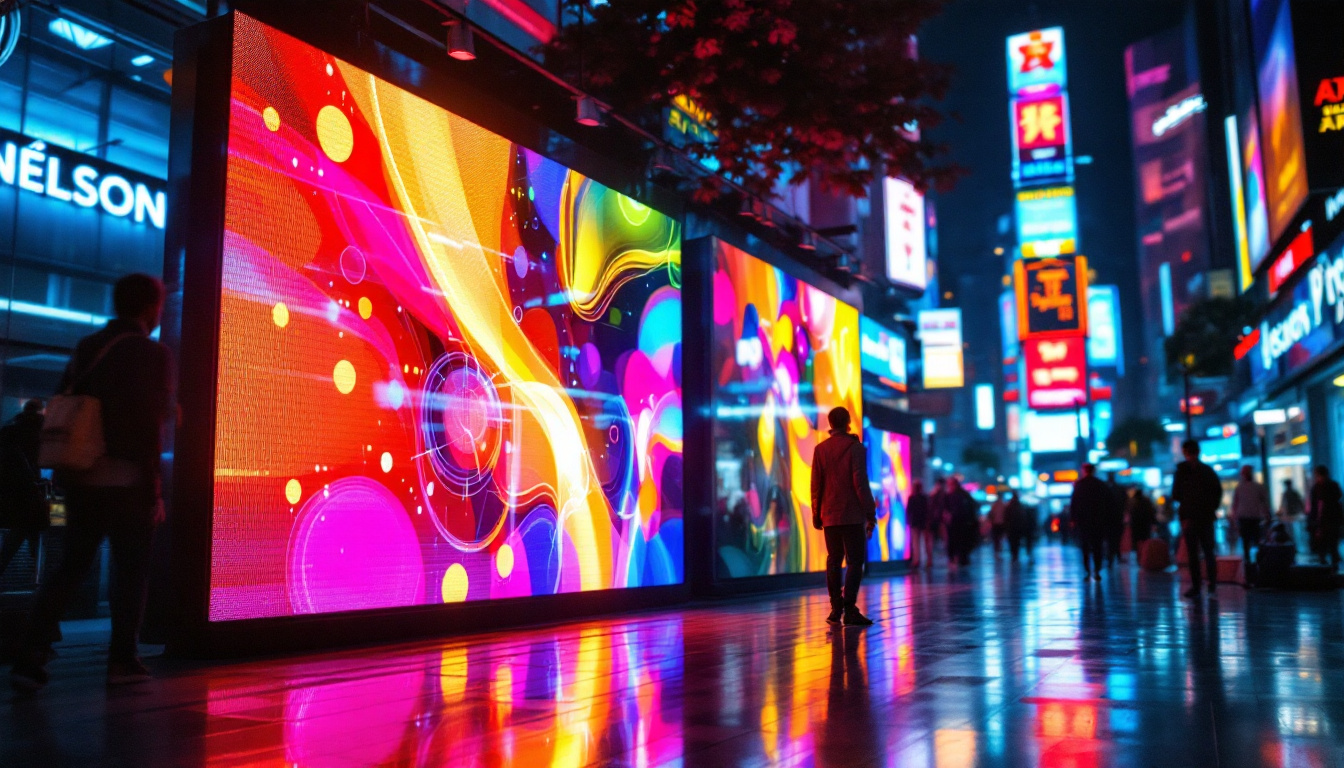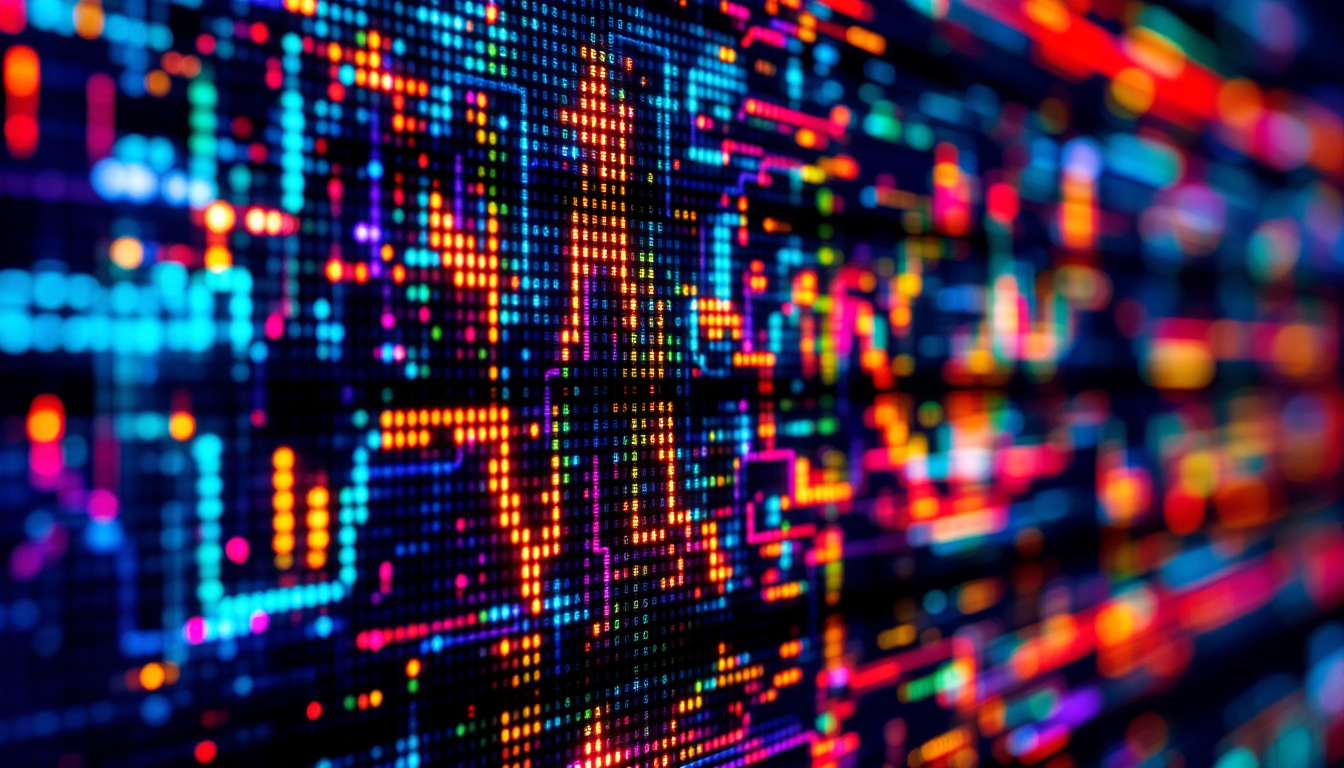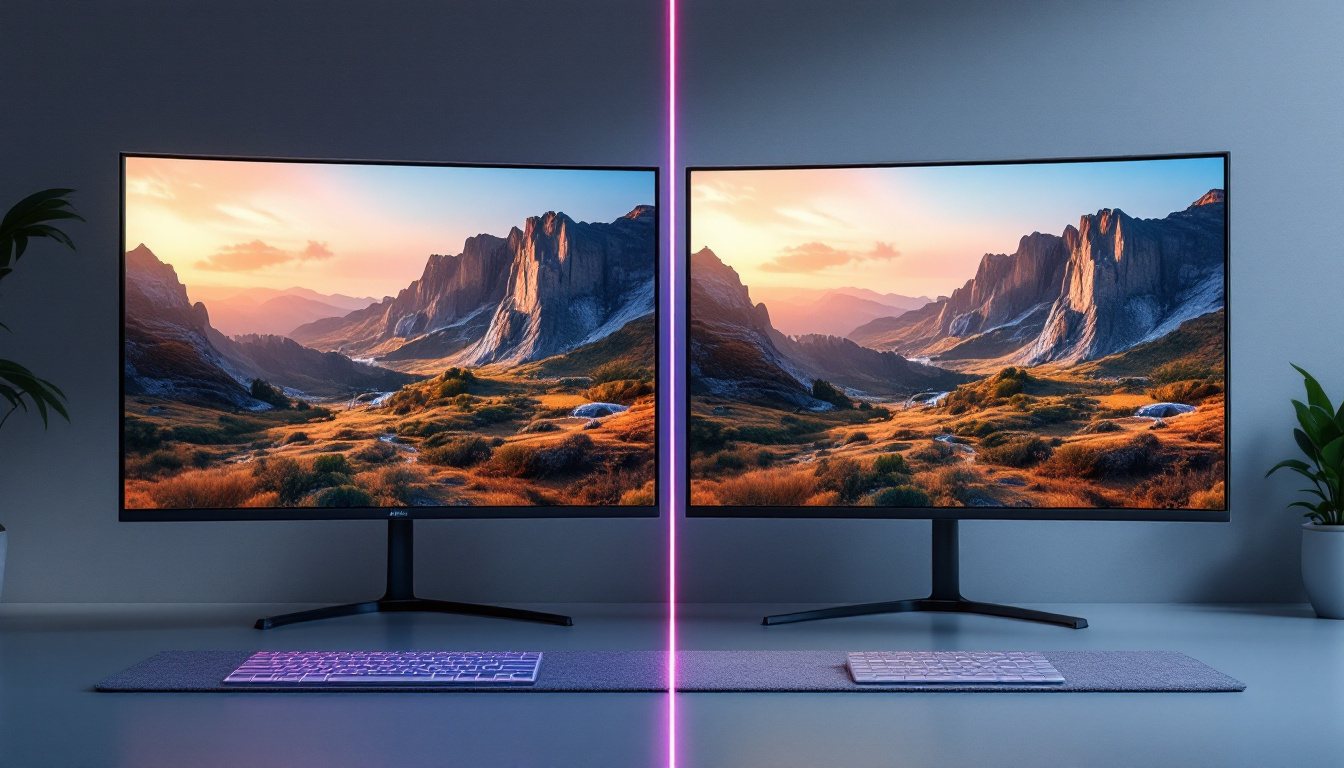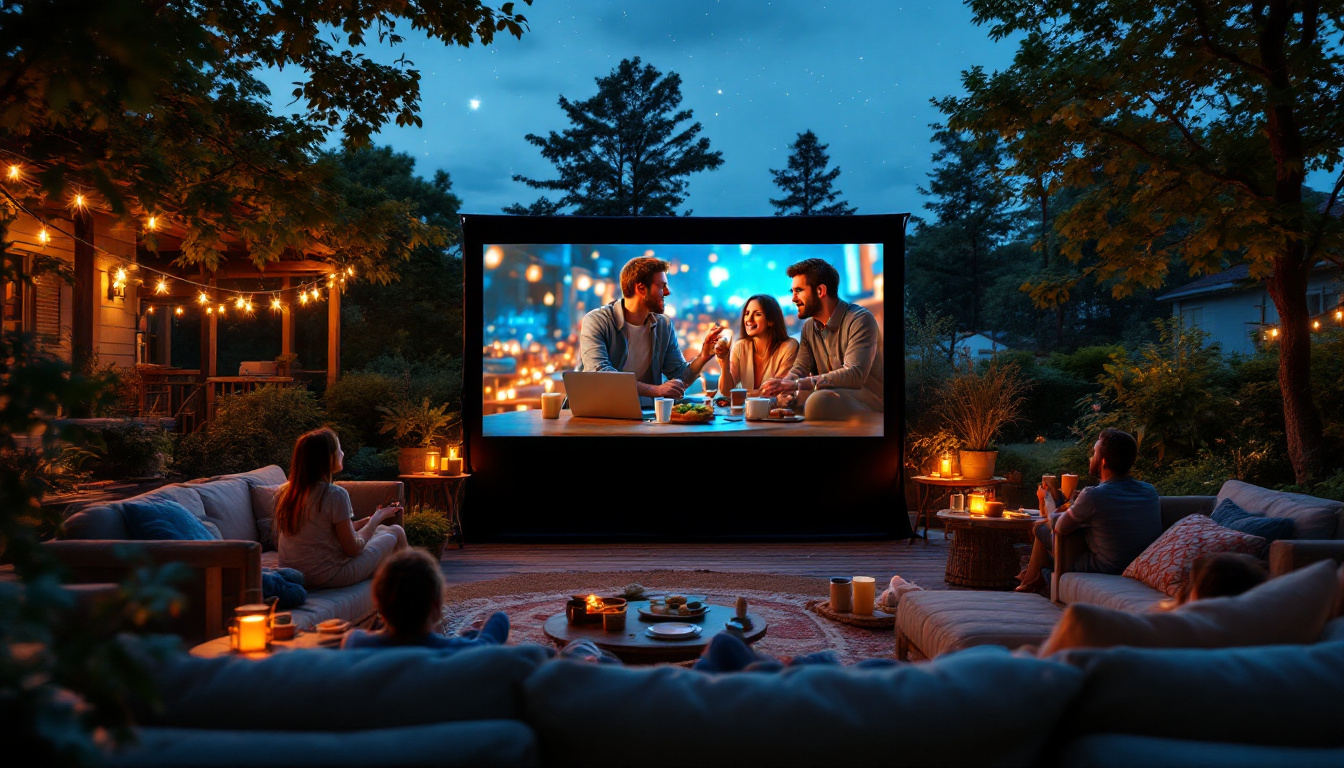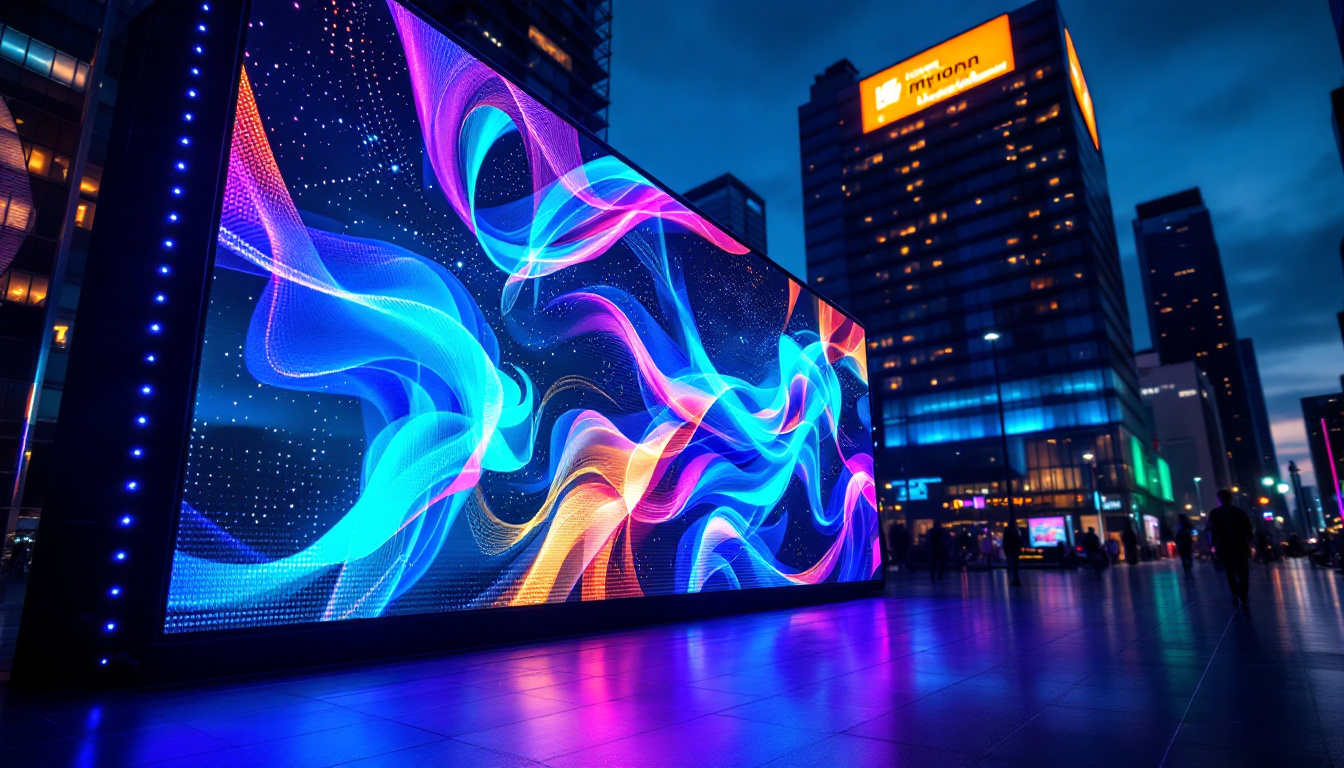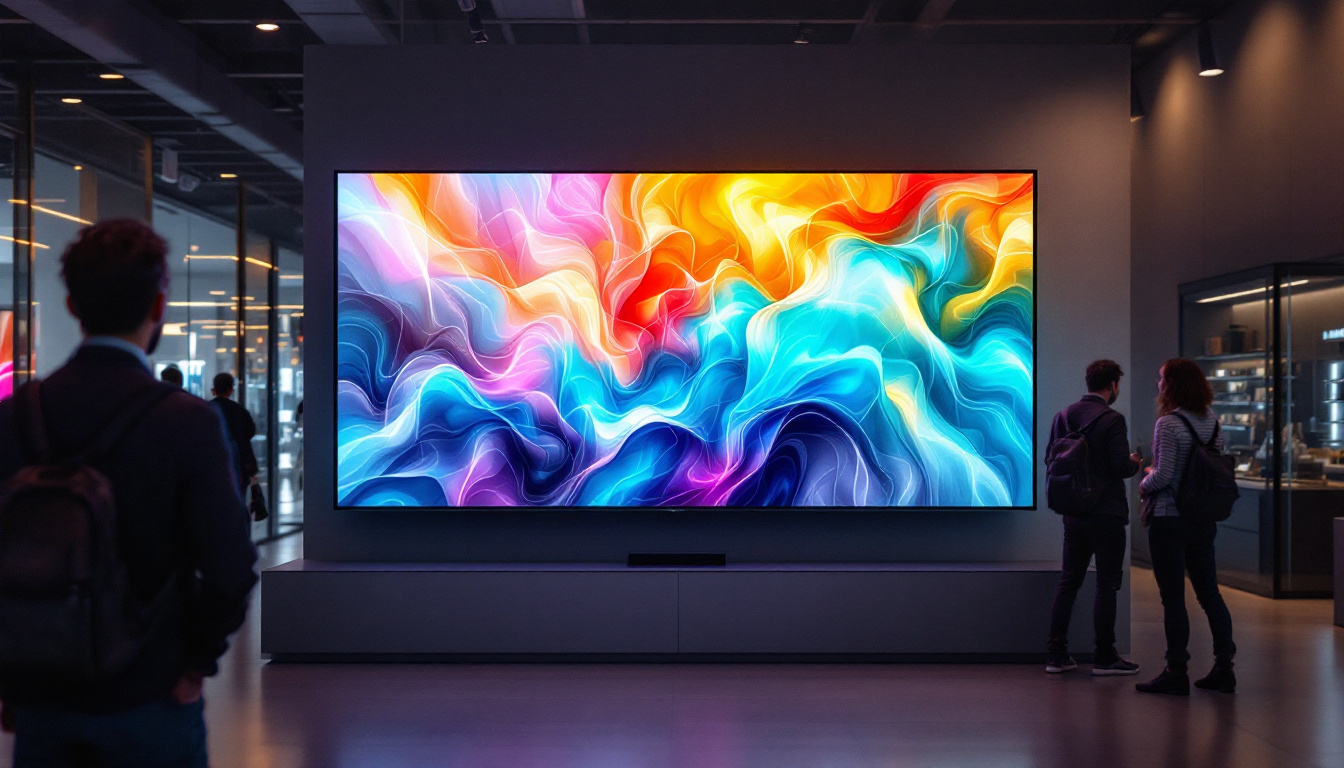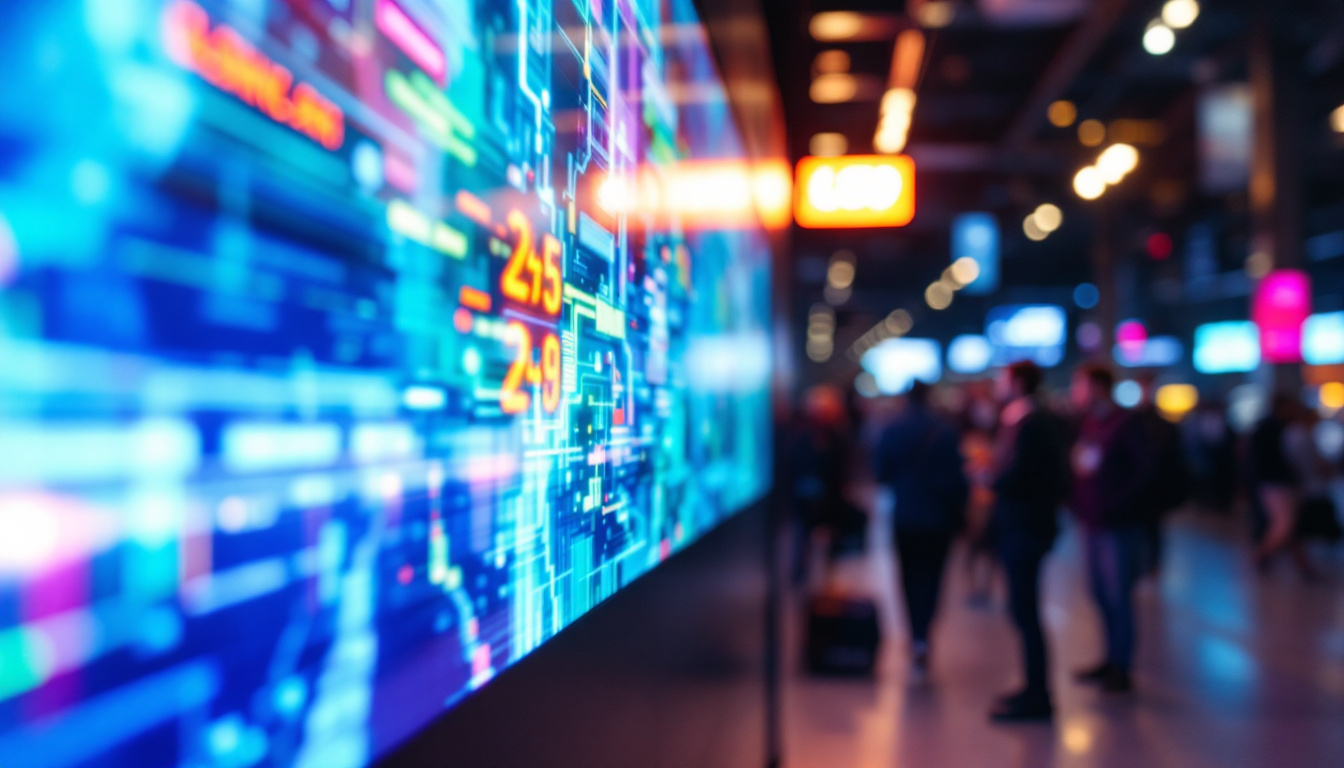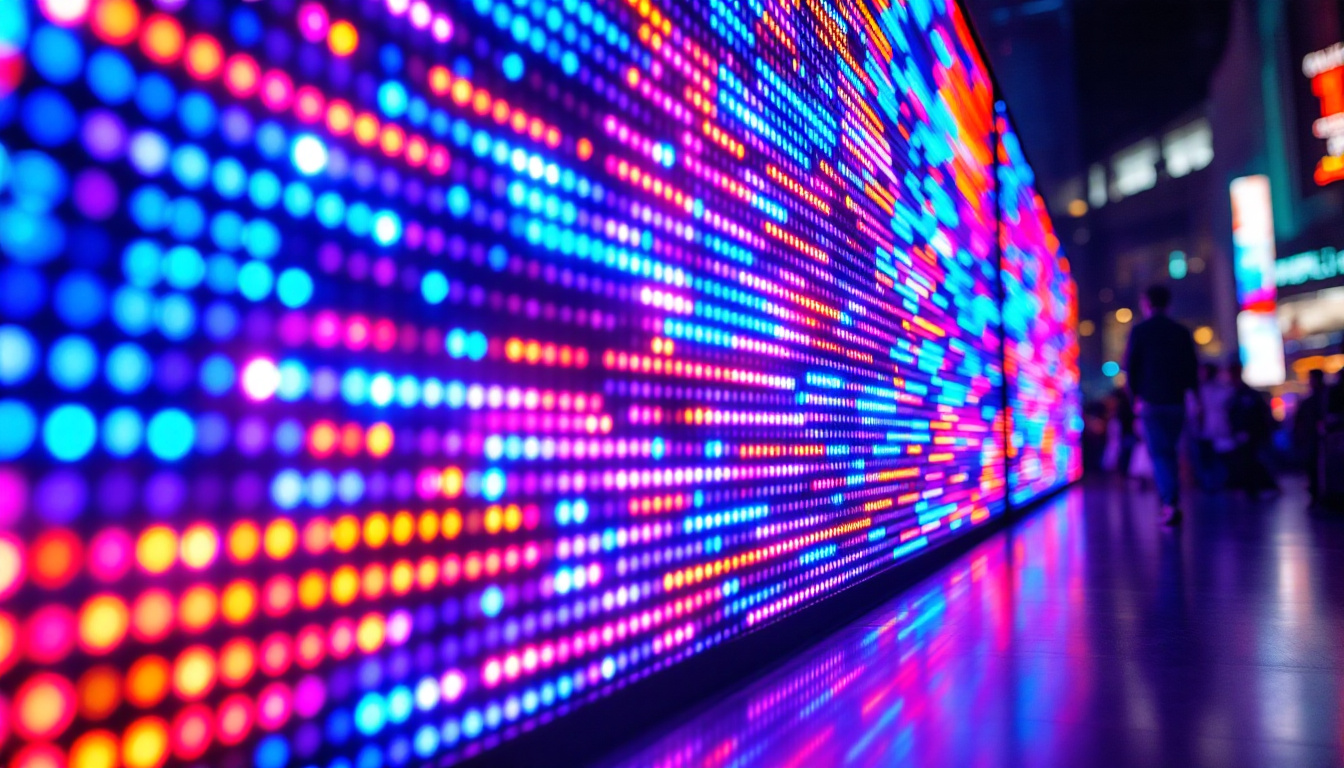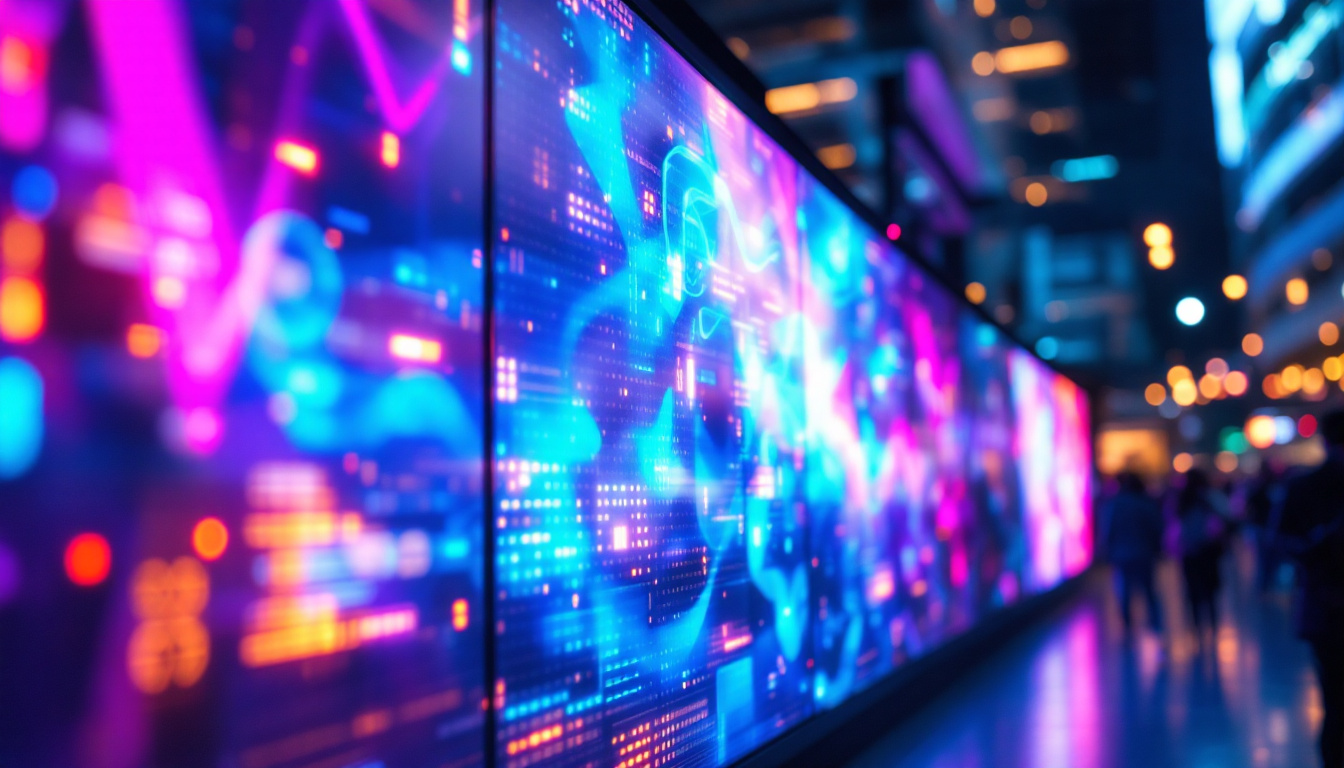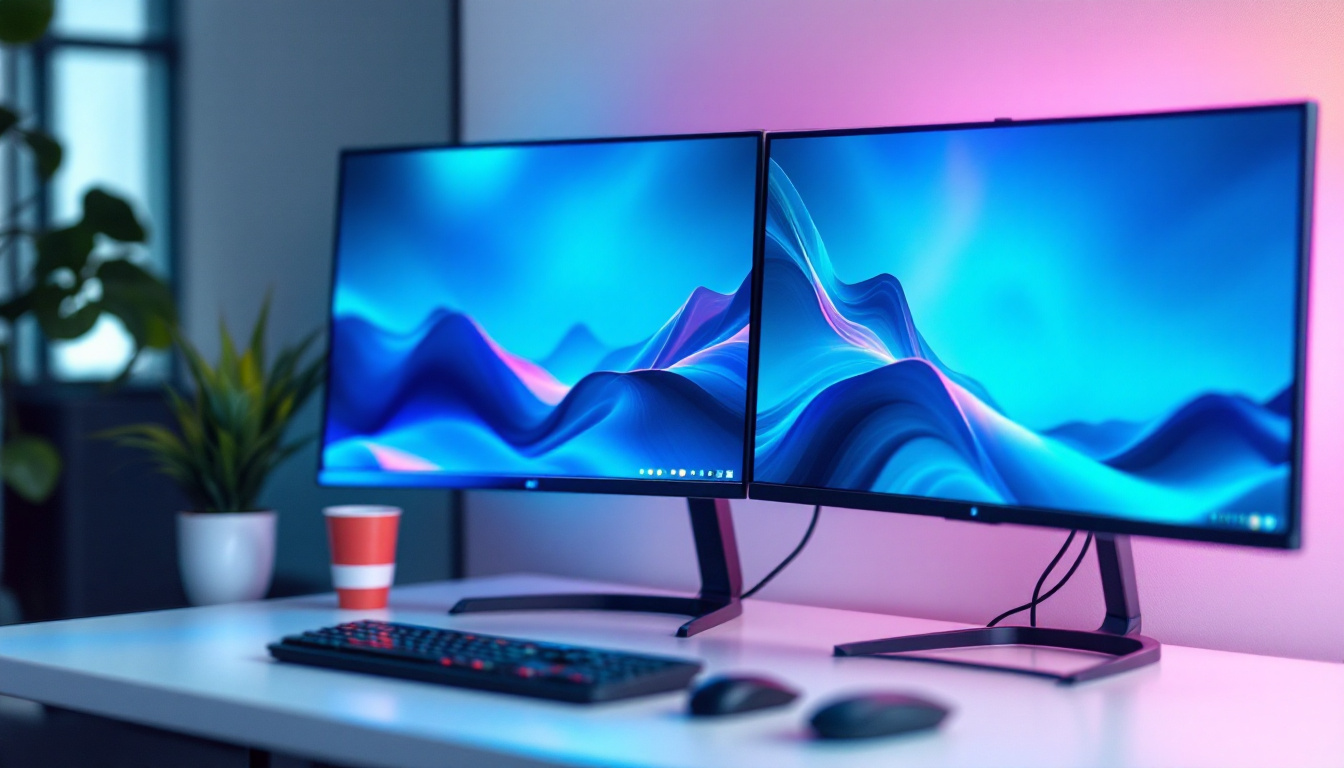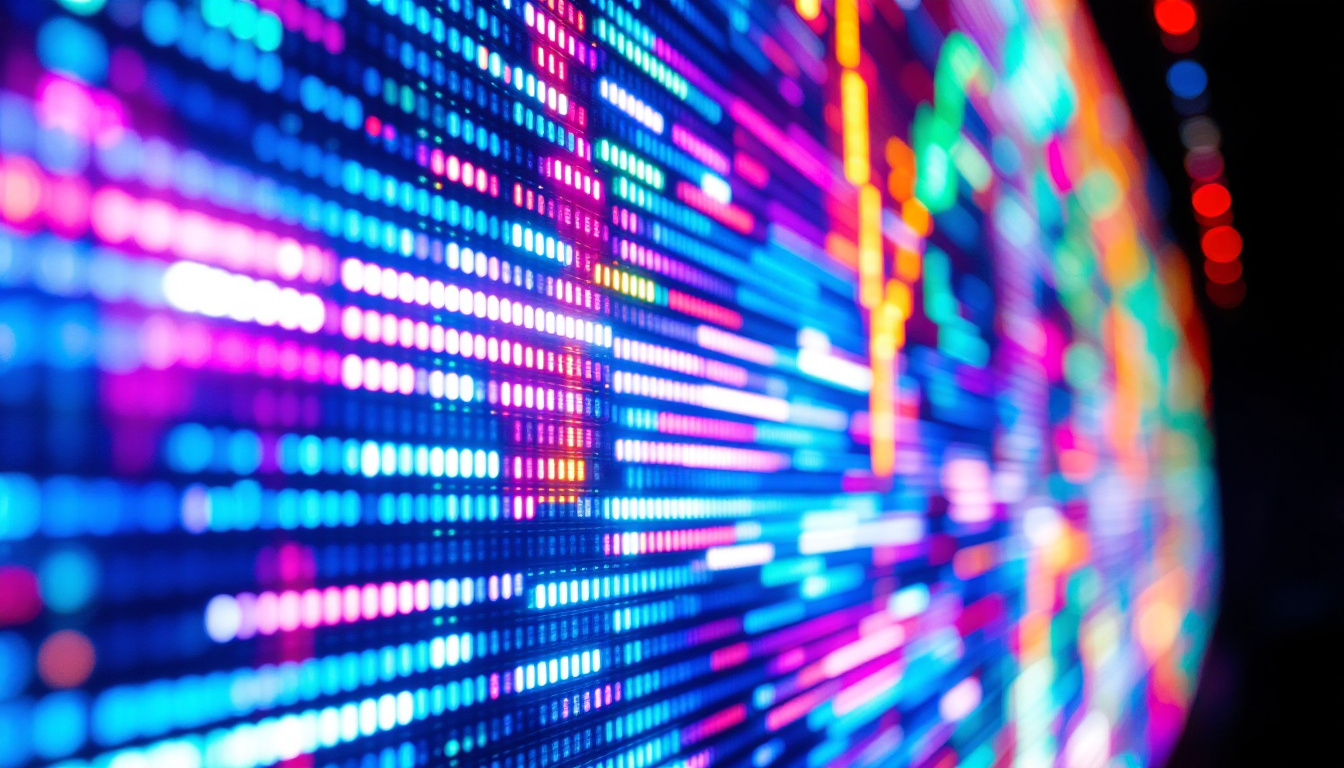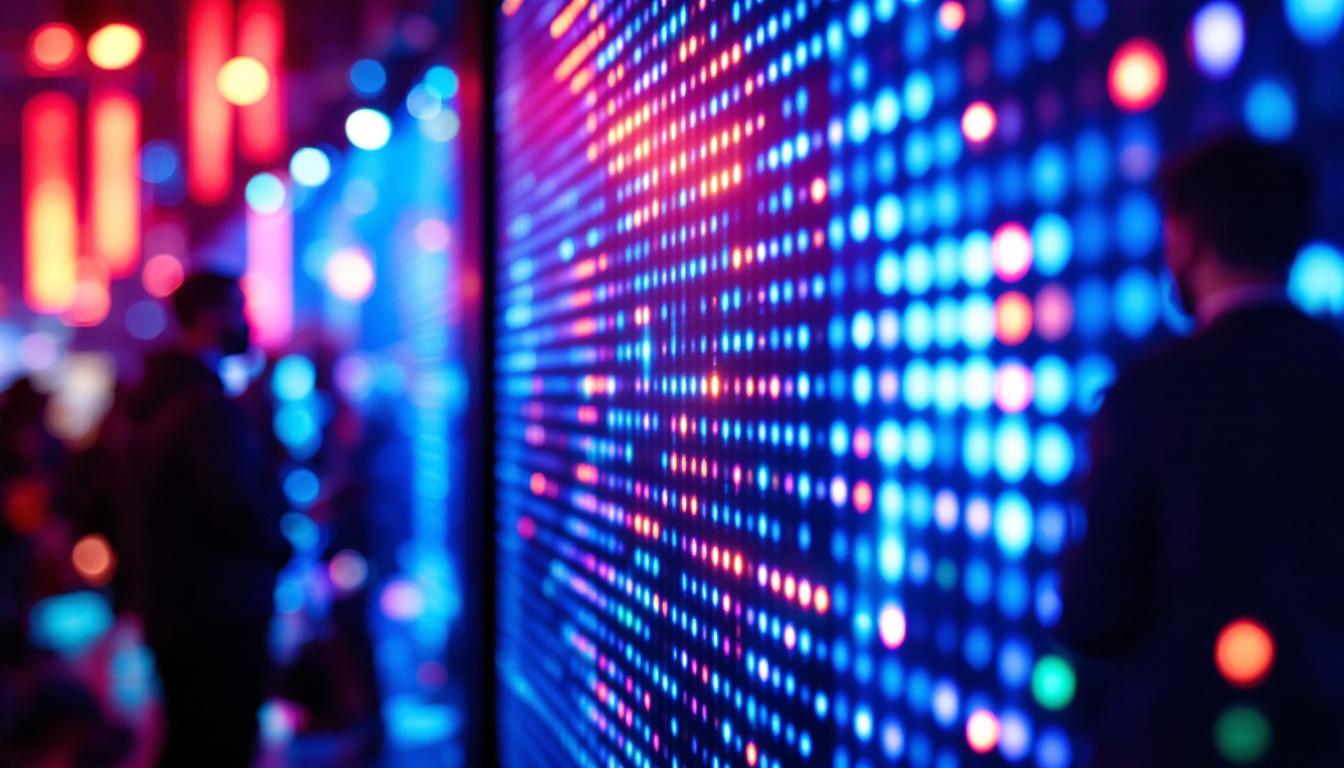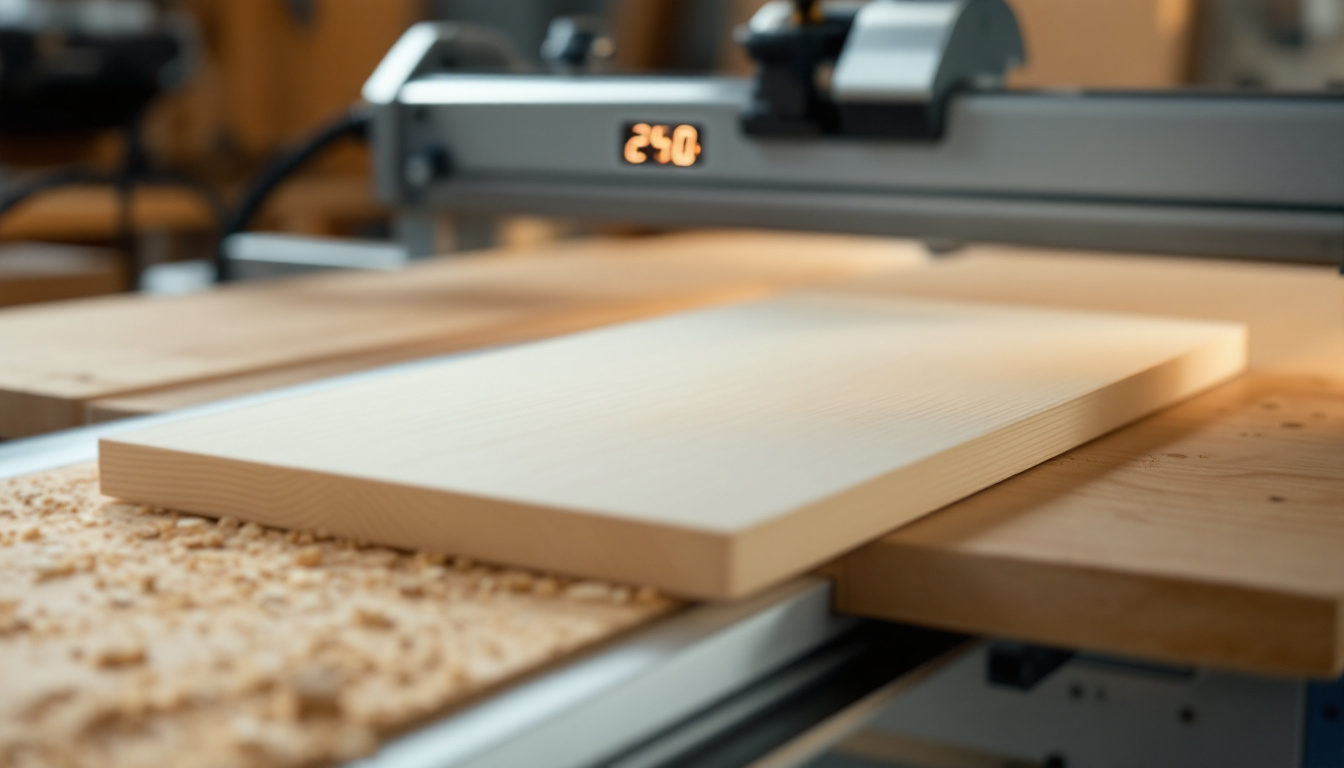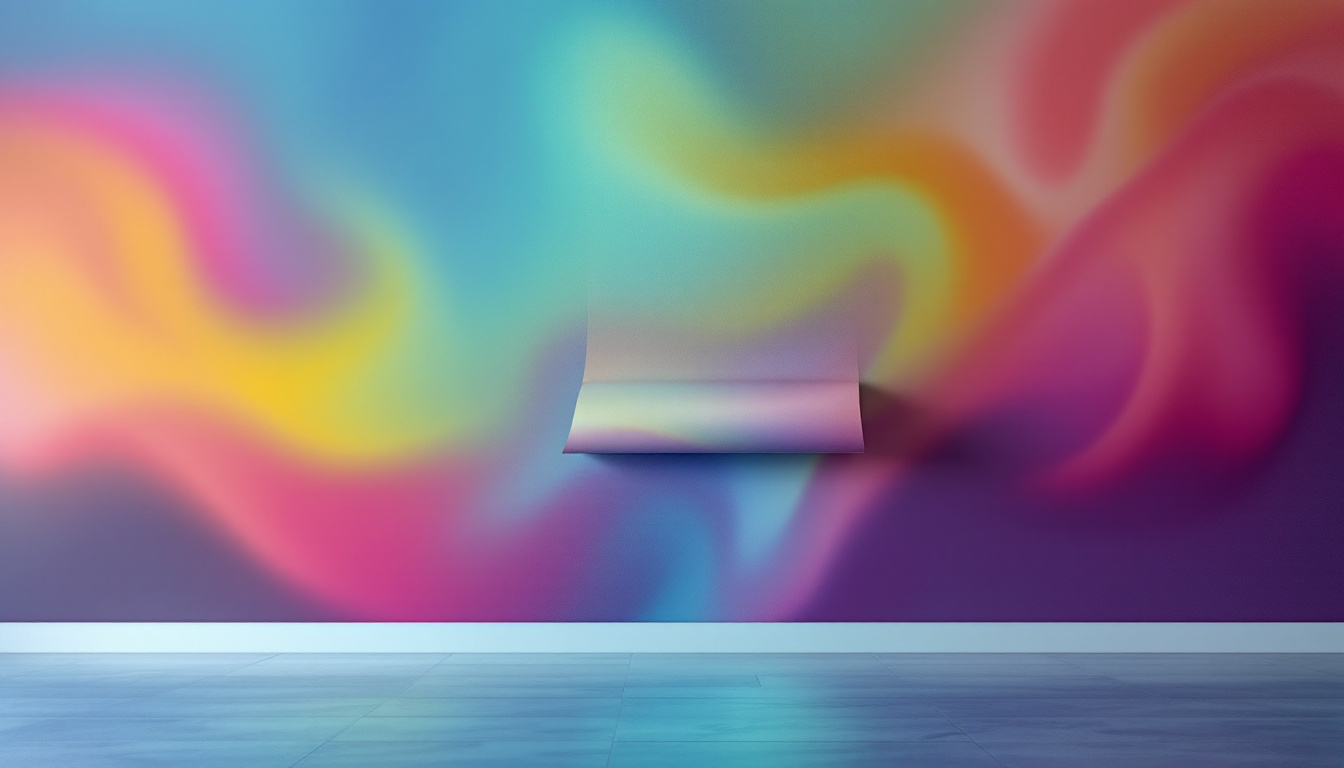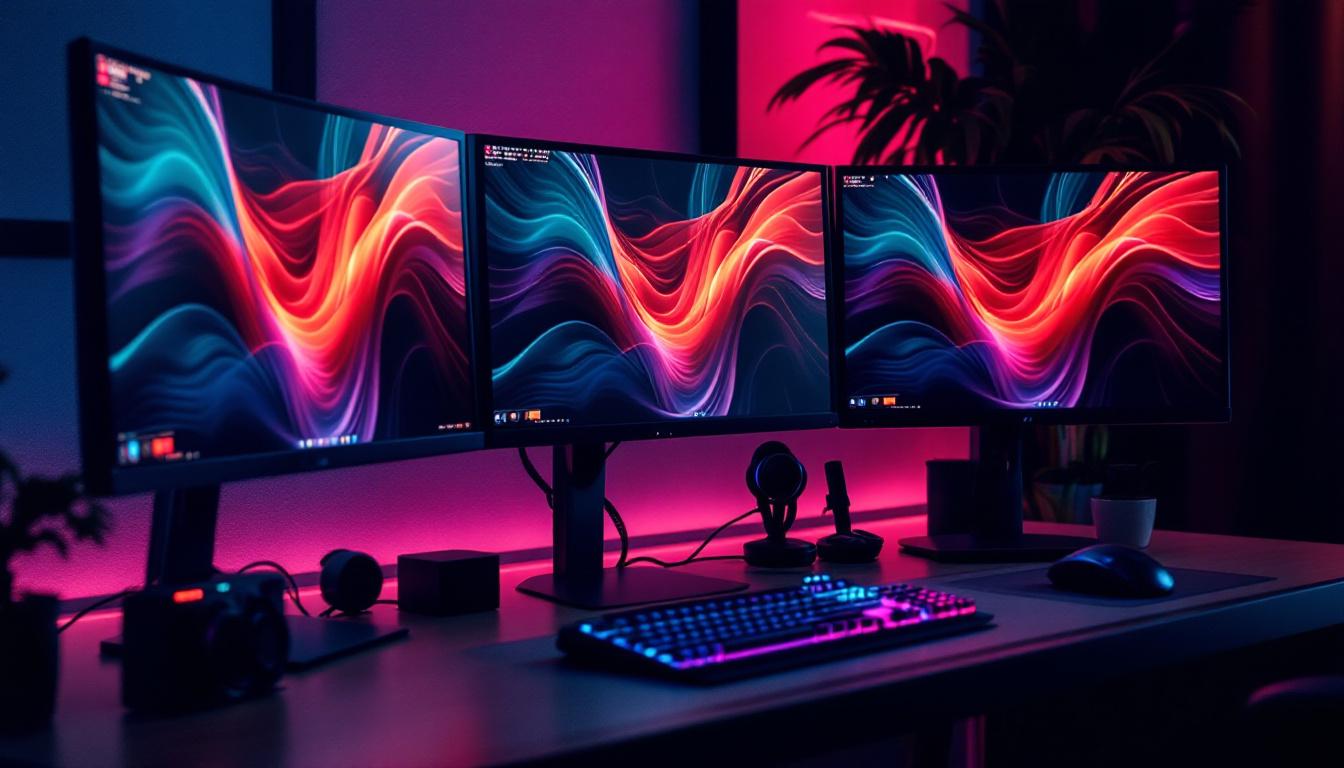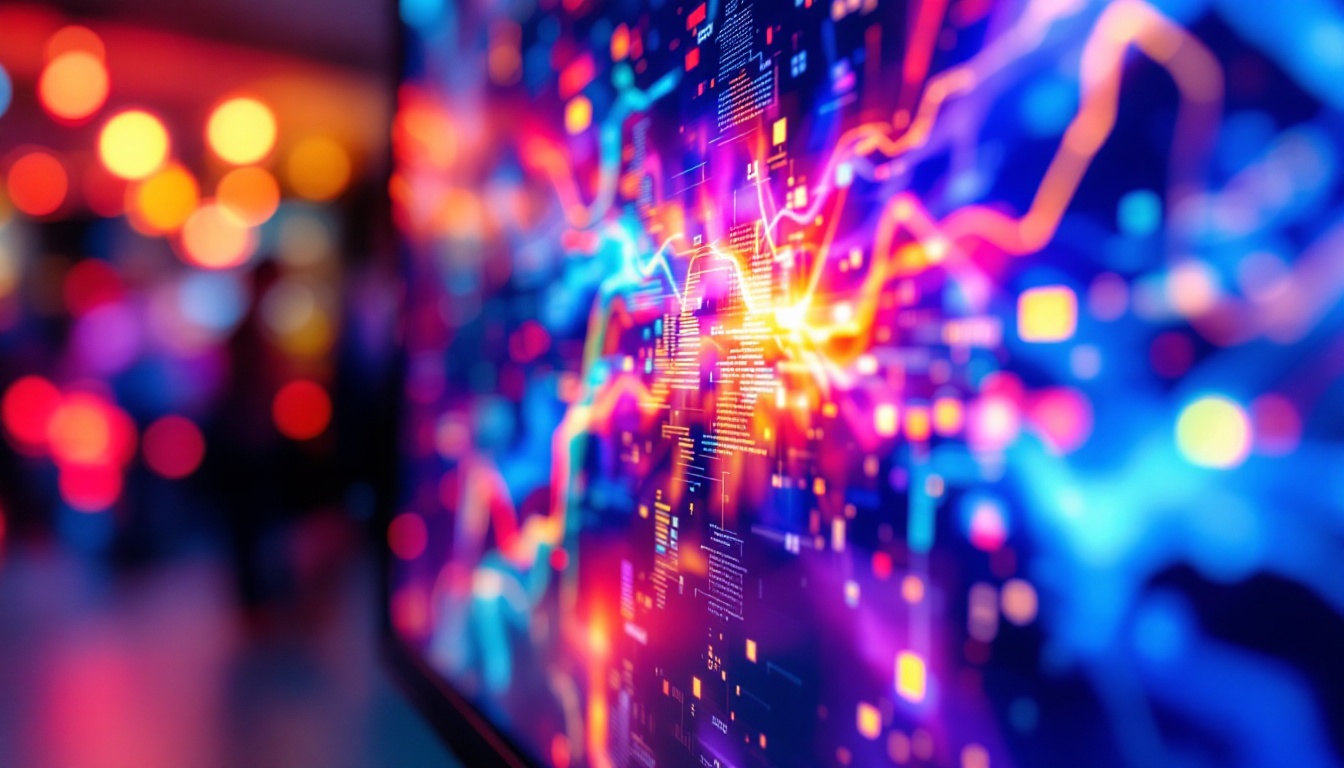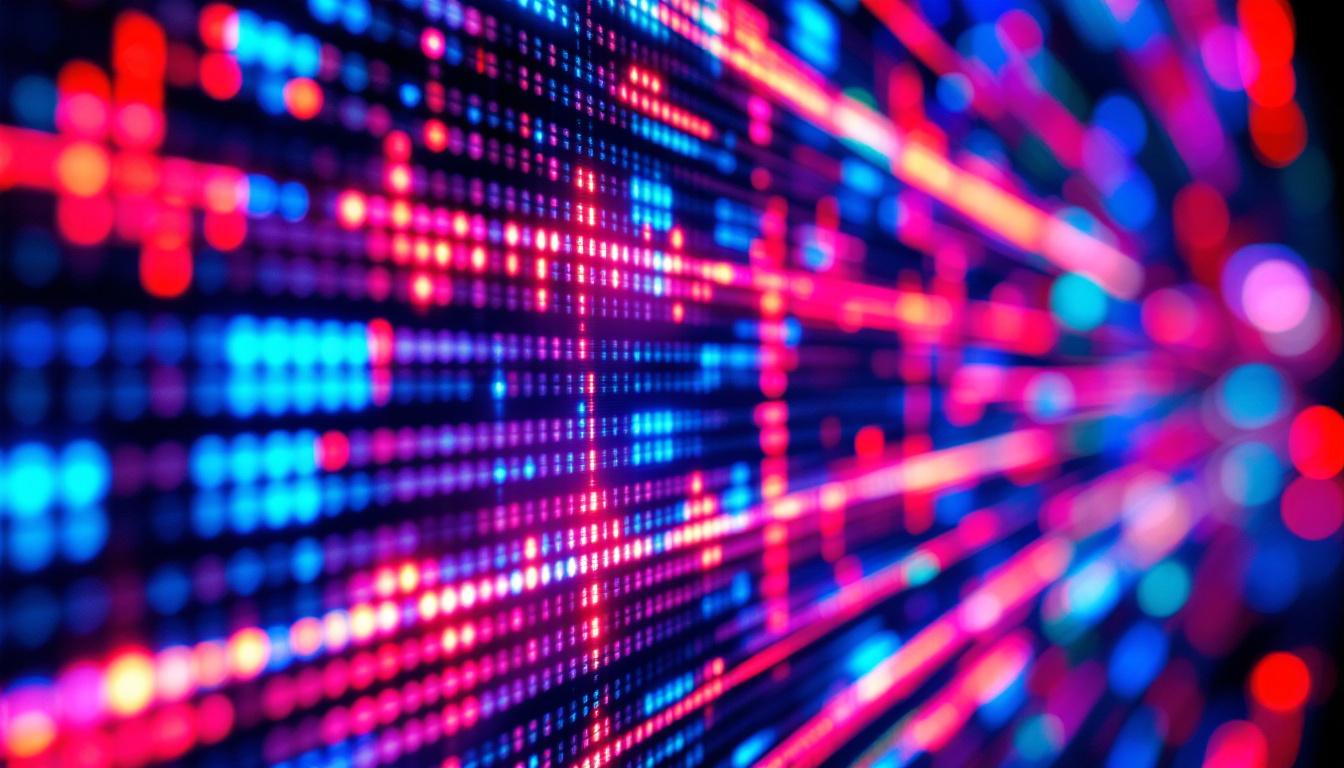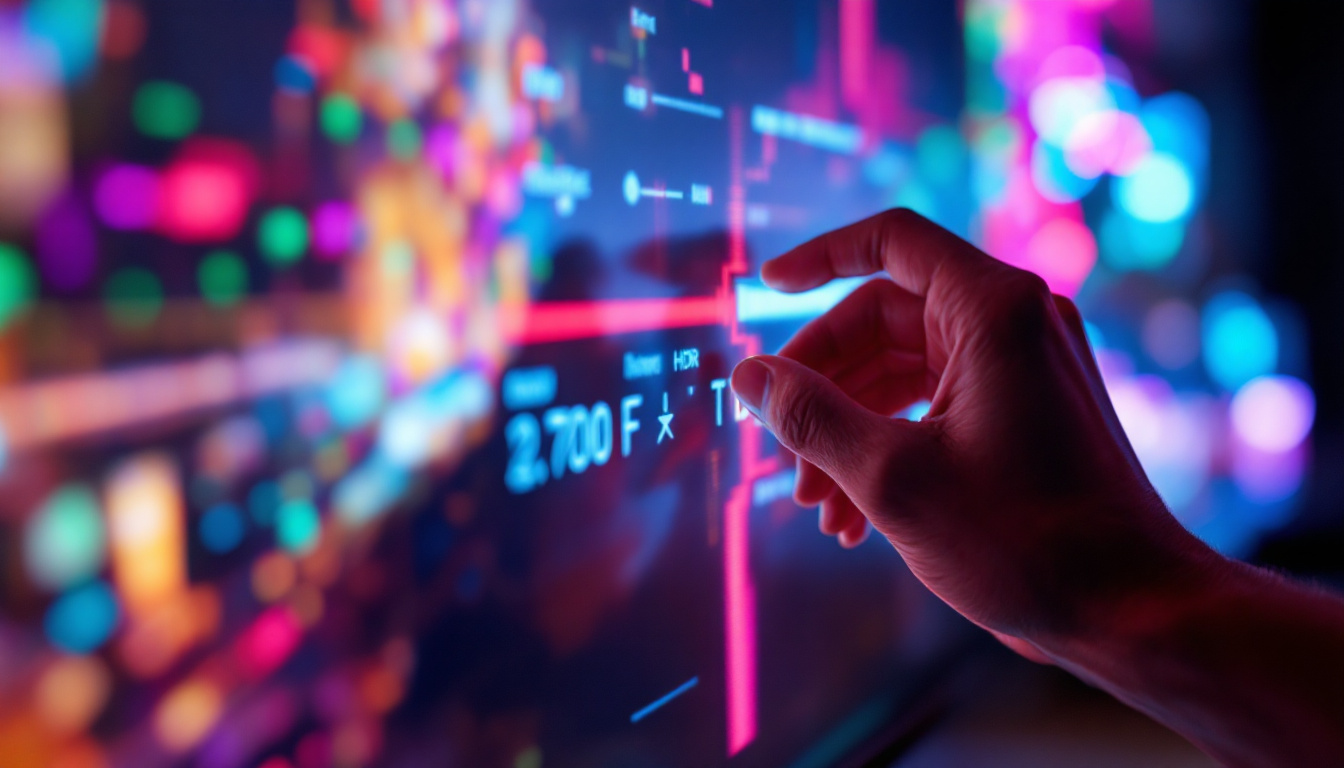The Rei Design System has revolutionized the way digital displays are designed and implemented, particularly in the realm of LED technology. This article delves into the intricacies of LED displays within the Rei Design System, exploring their functionality, benefits, and the design principles that underpin their effectiveness. Understanding these elements is crucial for anyone involved in digital design, marketing, or technology.
Understanding LED Displays
LED displays are a type of flat panel display that utilizes light-emitting diodes (LEDs) as pixels for video and image display. These displays are known for their brightness, energy efficiency, and ability to produce vibrant colors. The technology has evolved significantly, making LED displays a popular choice for various applications, from advertising billboards to television screens.
How LED Technology Works
At the core of LED technology is the semiconductor material that emits light when an electric current passes through it. This process, known as electroluminescence, allows LEDs to produce light in a variety of colors. By combining red, green, and blue (RGB) LEDs, a full spectrum of colors can be achieved, enabling high-quality images and videos.
LED displays can be categorized into two main types: direct view and backlit. Direct view LED displays consist of individual pixels made up of LEDs, allowing for a more dynamic and vibrant display. Backlit displays, on the other hand, utilize LEDs to illuminate an LCD panel, offering a different set of advantages and applications. The choice between these types often depends on the specific requirements of the installation, such as viewing distance, ambient light conditions, and desired image quality.
Applications of LED Displays
LED displays have found their way into numerous applications across various industries. In advertising, they are used for dynamic billboards that can change content in real-time, capturing the attention of passersby. In sports arenas, LED screens provide live updates and replays, enhancing the spectator experience. These displays not only serve to inform but also to entertain, with vibrant animations and graphics that engage the audience.
Furthermore, LED technology is increasingly utilized in indoor environments, such as retail spaces and corporate offices, to create engaging visual experiences. The versatility of LED displays makes them an essential tool for modern communication and marketing strategies. For instance, in retail, LED screens can showcase promotional videos, product information, and even interactive content that allows customers to engage directly with the brand. This interactivity can lead to increased customer satisfaction and higher sales conversions, demonstrating the powerful impact of LED technology in driving business success. Additionally, as technology advances, we are witnessing the rise of flexible and transparent LED displays, which open new avenues for creative applications in architecture and design, further enhancing the aesthetic appeal of spaces.
The Rei Design System Overview
The Rei Design System is a comprehensive framework that guides the design and implementation of digital products, including LED displays. It emphasizes consistency, usability, and aesthetic appeal, ensuring that all design elements work harmoniously together. By adhering to a structured design system, organizations can streamline their processes and enhance user experiences.
Key Principles of the Rei Design System
At the heart of the Rei Design System are several key principles that inform every aspect of design. These principles include clarity, accessibility, and responsiveness, ensuring that designs are not only visually appealing but also functional and user-friendly.
Clarity focuses on creating designs that communicate effectively, allowing users to understand the information presented without confusion. Accessibility ensures that all users, regardless of their abilities, can engage with the content. Finally, responsiveness guarantees that designs adapt seamlessly to different devices and screen sizes, a crucial factor in today’s multi-device environment. This adaptability is particularly important as users increasingly switch between smartphones, tablets, and desktops, necessitating a design approach that prioritizes fluidity and ease of use across all platforms.
Components of the Rei Design System
The Rei Design System comprises various components that work together to create cohesive designs. These components include typography, color palettes, iconography, and layout grids. Each element is carefully crafted to align with the overall design philosophy, ensuring consistency across all platforms.
Typography plays a significant role in establishing a brand’s voice and tone. The Rei Design System provides guidelines on font choices, sizes, and spacing to maintain readability and aesthetic appeal. Similarly, color palettes are designed to evoke specific emotions and enhance brand recognition, while iconography adds visual interest and aids in navigation. Furthermore, layout grids serve as the backbone of the design, allowing for structured alignment and spacing that contributes to a clean, organized appearance. This meticulous attention to detail not only enhances the visual hierarchy but also improves the overall user experience by guiding users through the content in an intuitive manner.
In addition to these foundational components, the Rei Design System incorporates interactive elements that elevate user engagement. Buttons, forms, and animations are designed with user interaction in mind, ensuring that they are not only functional but also delightful to use. For instance, hover effects and transitions can provide immediate feedback, making the interface feel more responsive and alive. By integrating these interactive features, the Rei Design System not only meets the practical needs of users but also creates an emotional connection that can foster loyalty and satisfaction.
Designing LED Displays with the Rei System
When designing LED displays using the Rei Design System, several factors must be considered to ensure optimal performance and user engagement. These factors include layout, content strategy, and interactivity.
Layout Considerations
The layout of an LED display is crucial in determining how effectively information is conveyed. The Rei Design System emphasizes the importance of grid systems to create balanced and visually appealing layouts. By adhering to a grid, designers can ensure that content is organized logically, making it easier for viewers to absorb information.
Additionally, the size and placement of elements must be carefully considered. Key information should be prominently displayed, while secondary content can be positioned in less dominant areas. This hierarchy guides the viewer’s eye and enhances the overall impact of the display.
Content Strategy for LED Displays
A well-defined content strategy is essential for maximizing the effectiveness of LED displays. The Rei Design System advocates for concise, engaging content that captures the viewer’s attention quickly. Given the fast-paced nature of digital environments, it is critical to convey messages succinctly.
Moreover, the use of visuals, such as images and videos, can significantly enhance engagement. The combination of compelling visuals and clear messaging can create a powerful impact, driving user interaction and response.
Interactivity and User Engagement
Incorporating interactivity into LED displays can elevate the viewer experience. The Rei Design System encourages the use of interactive elements, such as touchscreens or motion sensors, to engage users actively. This interactivity not only captures attention but also fosters a deeper connection between the viewer and the content.
For instance, interactive displays can allow users to explore products or services in a more immersive way, leading to increased interest and potential conversions. By leveraging technology, designers can create experiences that resonate with audiences on a personal level.
Challenges in LED Display Design
While the Rei Design System provides a robust framework for LED display design, several challenges can arise during the implementation process. Understanding these challenges is vital for achieving successful outcomes.
Technical Limitations
One of the primary challenges in LED display design is navigating technical limitations. Factors such as pixel density, brightness, and resolution can significantly impact the quality of the display. Designers must carefully consider these elements to ensure that the final product meets the desired standards.
For instance, a display intended for outdoor use must be bright enough to be visible in direct sunlight, while an indoor display may prioritize resolution for detailed images. Balancing these technical specifications with design goals is crucial for effective LED display implementation.
Maintaining Brand Consistency
Another challenge lies in maintaining brand consistency across various display applications. The Rei Design System aims to create a unified brand experience; however, variations in LED display formats can complicate this goal. Designers must ensure that all elements, from colors to typography, align with the brand’s identity, regardless of the display type.
This consistency not only strengthens brand recognition but also builds trust with audiences. A disjointed visual experience can lead to confusion and diminish the overall impact of marketing efforts.
Future Trends in LED Display Design
The landscape of LED display design is continuously evolving, influenced by advancements in technology and changing consumer expectations. Staying ahead of these trends is essential for designers and marketers alike.
Integration of AI and Machine Learning
One of the most significant trends shaping the future of LED display design is the integration of artificial intelligence (AI) and machine learning. These technologies can analyze viewer behavior and preferences, allowing for more personalized content delivery. By leveraging data, designers can create dynamic displays that adapt in real-time to audience interactions.
This level of personalization can enhance user engagement, as viewers are more likely to respond positively to content that resonates with their interests. As AI continues to advance, its applications in LED display design will likely become more sophisticated, offering new opportunities for innovation.
Enhanced Interactivity and Augmented Reality
As technology progresses, the potential for enhanced interactivity and augmented reality (AR) in LED displays is becoming increasingly viable. AR can create immersive experiences that blend the digital and physical worlds, allowing users to interact with content in unprecedented ways.
For example, retailers could use AR-enabled displays to allow customers to visualize products in their own environments. This level of engagement can significantly enhance the shopping experience, driving sales and customer satisfaction.
Conclusion
The Rei Design System provides a comprehensive framework for designing effective LED displays that resonate with audiences. By understanding the technology behind LED displays, the principles of the Rei Design System, and the challenges and trends in the industry, designers can create impactful visual experiences that drive engagement and brand loyalty.
As technology continues to evolve, embracing innovative approaches and staying attuned to emerging trends will be crucial for success in the dynamic world of LED display design. The future holds exciting possibilities, and those who adapt to these changes will undoubtedly lead the way in creating compelling digital experiences.
Discover LumenMatrix’s Innovative LED Solutions
Ready to elevate your visual communication with cutting-edge LED technology? LumenMatrix is at the forefront of creating LED displays that not only meet the high standards set by the Rei Design System but also push the boundaries of innovation. From captivating Indoor and Outdoor LED Wall Displays to dynamic Vehicle and Sports LED Displays, our solutions are designed to captivate audiences and amplify your brand’s message. Experience the transformative power of our LED Poster Displays, Floor LED Displays, Custom LED solutions, All-in-One LED Displays, and LED Transparent Displays. Check out LumenMatrix LED Display Solutions today and join the revolution in visual communication.

